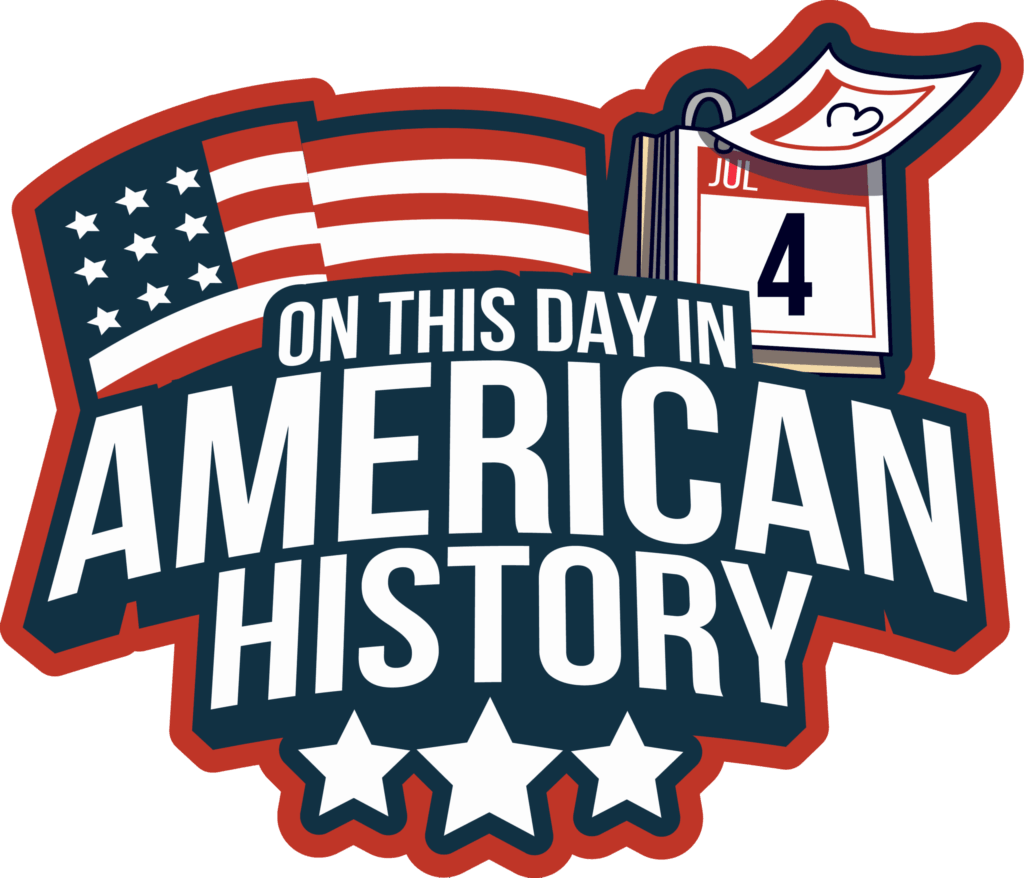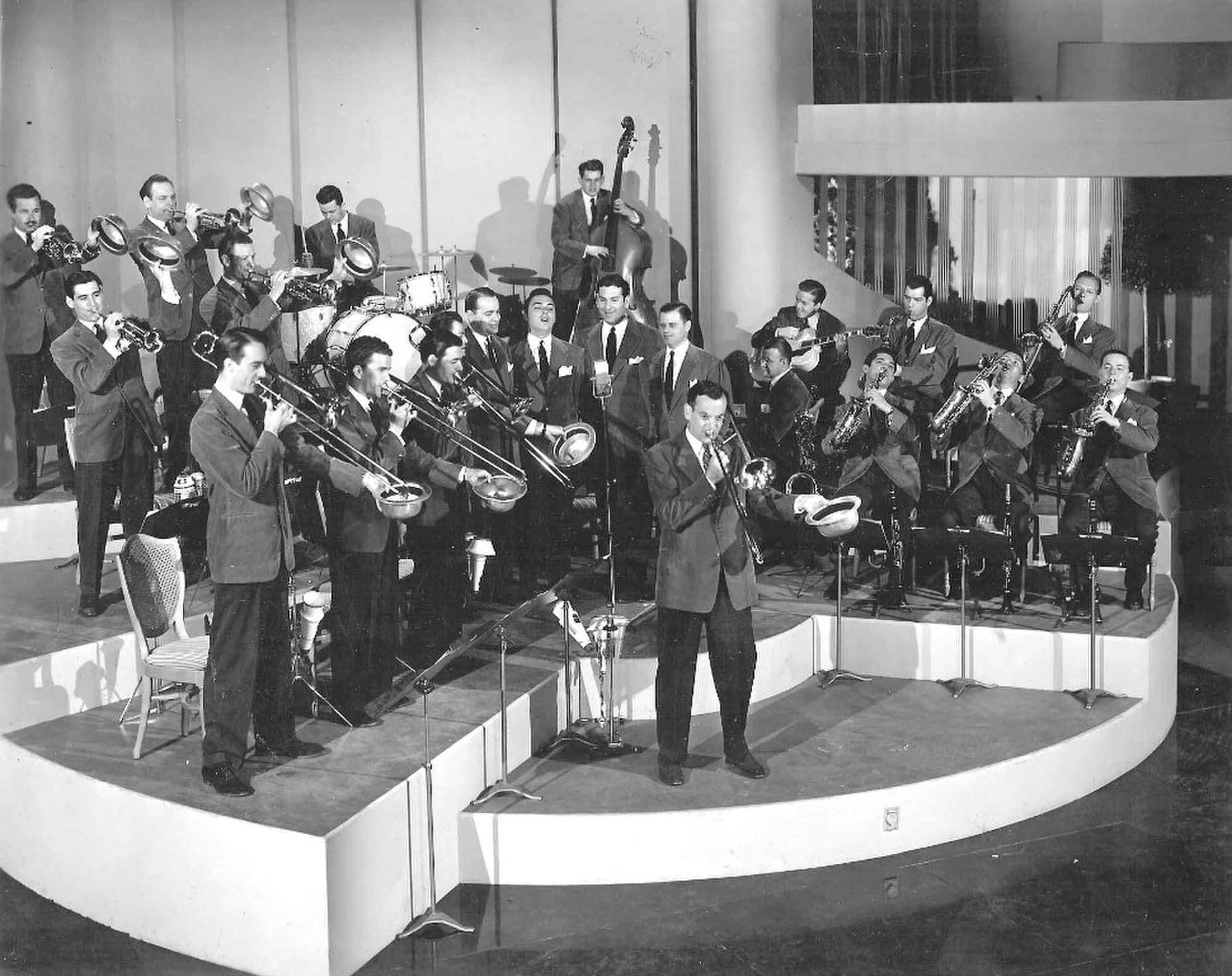
Glenn Miller with his orchestra c. 1940
On March 1, 1904 Glenn Miller was born in Clarinda, Iowa.
During his career he recorded popular tunes such as “At Last”, “In The Mood”, “Chattanooga Choo Choo”, “Moonlight Serenade” and many others.
Miller served as a member of the U.S. Army Air Forces during WWII. In December of 1944, at the age of 40, his plane disappeared while flying over the English Channel.
Image via Wikimedia Commons, public domain

Civil War Veteran Daniel Freeman Beatrice in the early 1900s.
Daniel is known to be the first person to complete and submit a homestead claim, thus making him the territory’s first documented homesteader under the Homestead Act.
On today’s date March 1, 1867 Nebraska became the 37th state.
Image via Wikimedia Commons, public domain

Yellowstone became the first national park on March 1, 1872. Geologic surveyor Ferdinand Hayden, concerned that Yellowstone could become as commercialized as Niagara Falls recommended that the area be protected and “as free as air or water.” Here turn-of-the-century tourists view steaming geysers.
Image via LOC via Wikimedia Commons, public domain in the US.
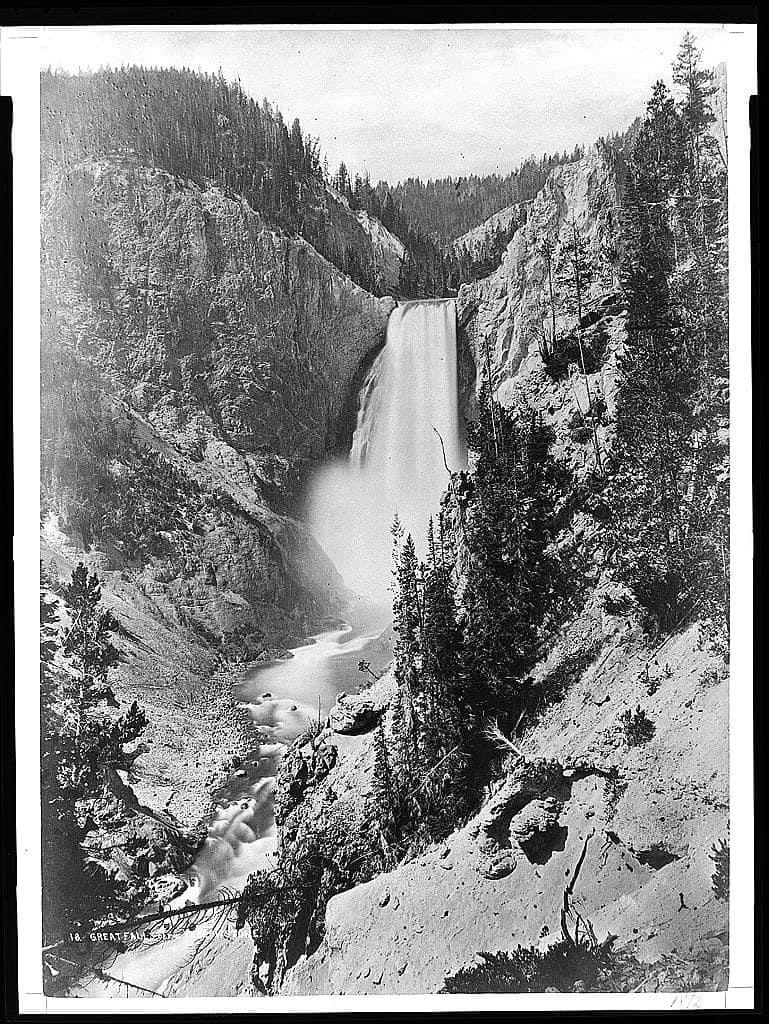
Great Falls of the Yellowstone River in 1872, photo by William Henry Jackson
The park is more than 2 million acres in size which is larger than the states of Delaware (more than 1.2 million acres) and Rhode Island (about 777,000 acres) combined.
Image via Library of Congress, no known restrictions

On today’s date March 1, 1803 Ohio was admitted as the 17th state of The Union.
This date was officially declared more than 150 years later when President Dwight D. Eisenhower signed a joint resolution in 1953.
Image: Greetings from Ohio postcard via Wikimedia Commons, public domain
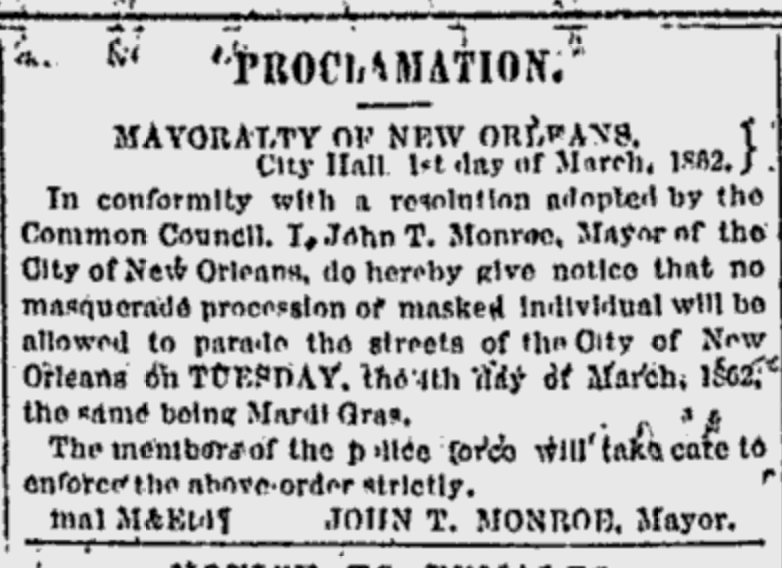
A proclamation from the Mayor of New Orleans on March 1, 1862 ordering that no masquerade procession or masked individual could parade the streets of New Orleans on Mardi Gras that Tuesday.
Image via Wikimedia Commons, public domain in the US.

On today’s date March 1, 1837, American writer William Dean Howells was born in present day Martins Ferry, Ohio.
During the American Civil War he was United States Consul to Venice, Italy.
Howells became the editor of the Atlantic Monthly and wrote over a hundred books in his lifetime.
Photo: https://digitalcollections.nypl.org/items/510d47e0-0251-a3d9-e040-e00a18064a99
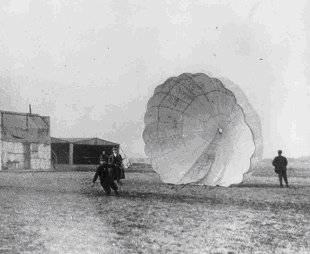
Philadelphia, Pennsylvania born Albert Berry is believed to be one of the first people to make a successful parachute jump from a powered airplane on March 1, 1912. Here he is at Jefferson Barracks, Missouri after making the jump.
Image via Wikimedia Commons, public domain
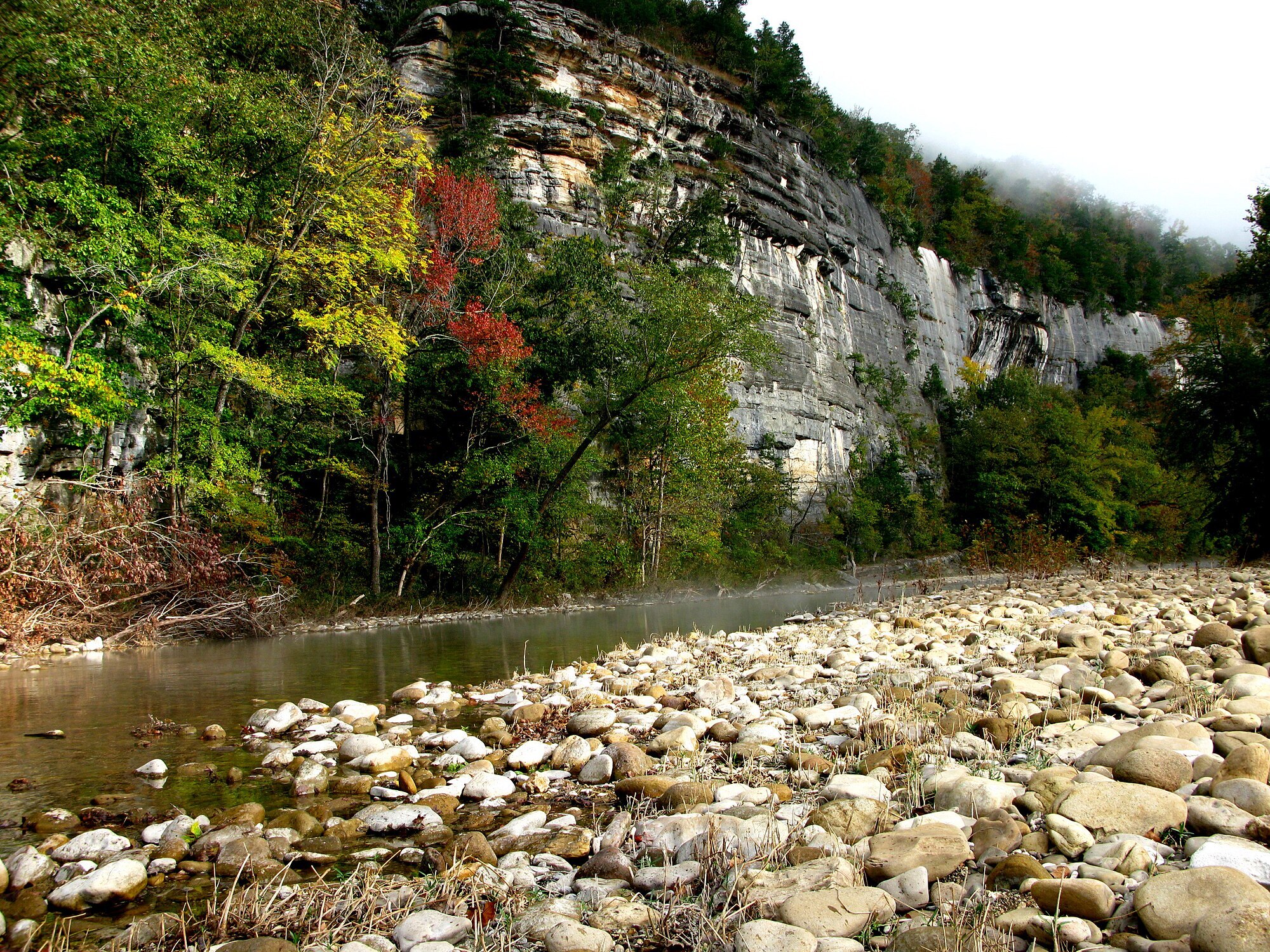
On March 1, 1972, the Buffalo River in Arkansas became the first designated “National River” in the United States.
A National River designation by U.S. Congress helps protect a river’s natural beauty and historical significance.
Image by OakleyOriginals via Wikimedia Commons, CC BY 2.0
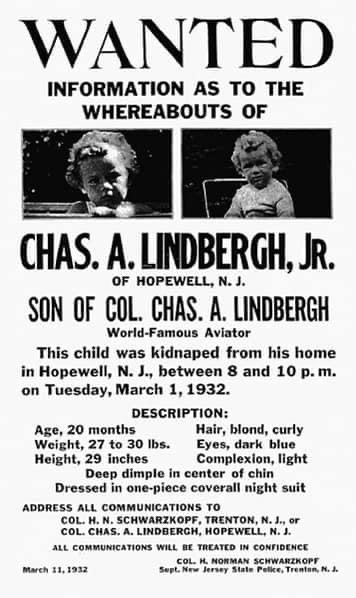
On March 1, 1932 the son of Charles Lindbergh was abducted from his home in New Jersey.
Image via Wikimedia Commons, public domain
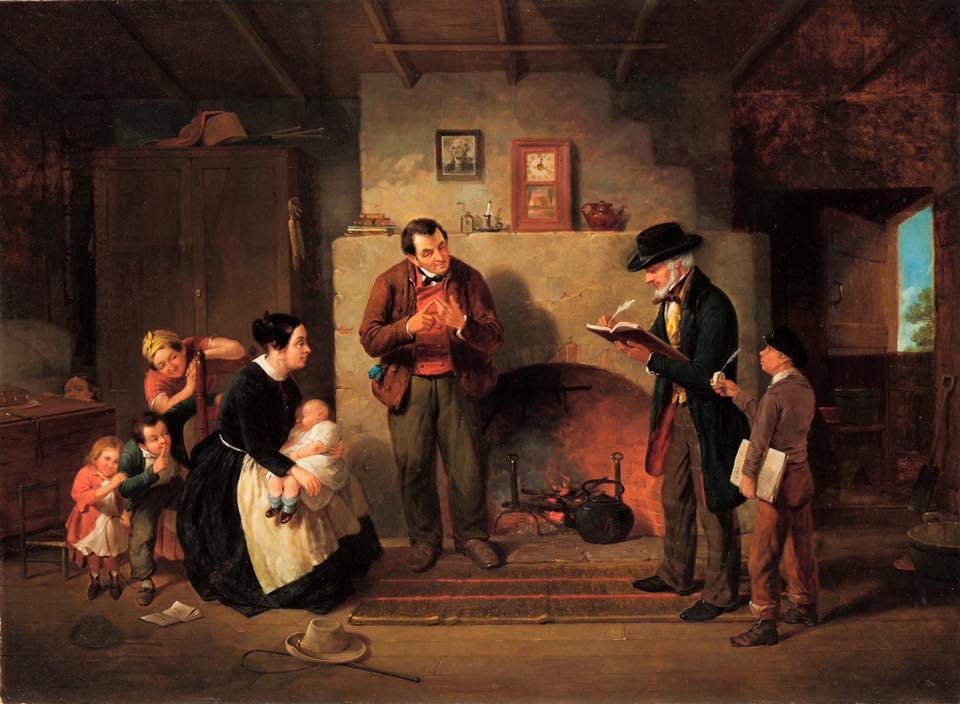
The First U.S. Census Act was signed by George Washington
On March 1, 1790 George Washington, John Adams and Frederick Muhlenberg signed the first U.S. Census Act.
Image:
“Taking the Census”
1854
by American artist Francis William Edmonds
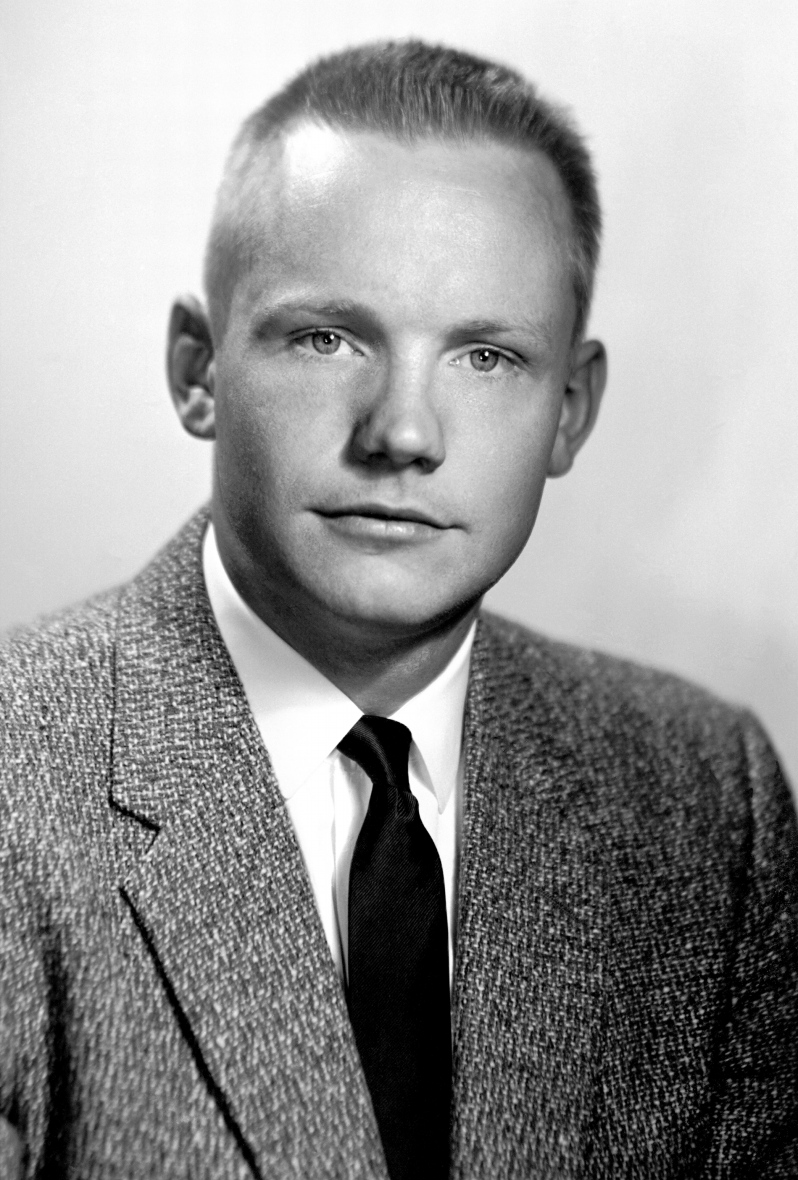
Neil Armstrong made his first test flight as a test pilot on March 1, 1955, at the Lewis Flight Propulsion Laboratory in Cleveland, Ohio.
Image of Neil in his twenties when he was a test pilot via Wikimedia Commons, public domain
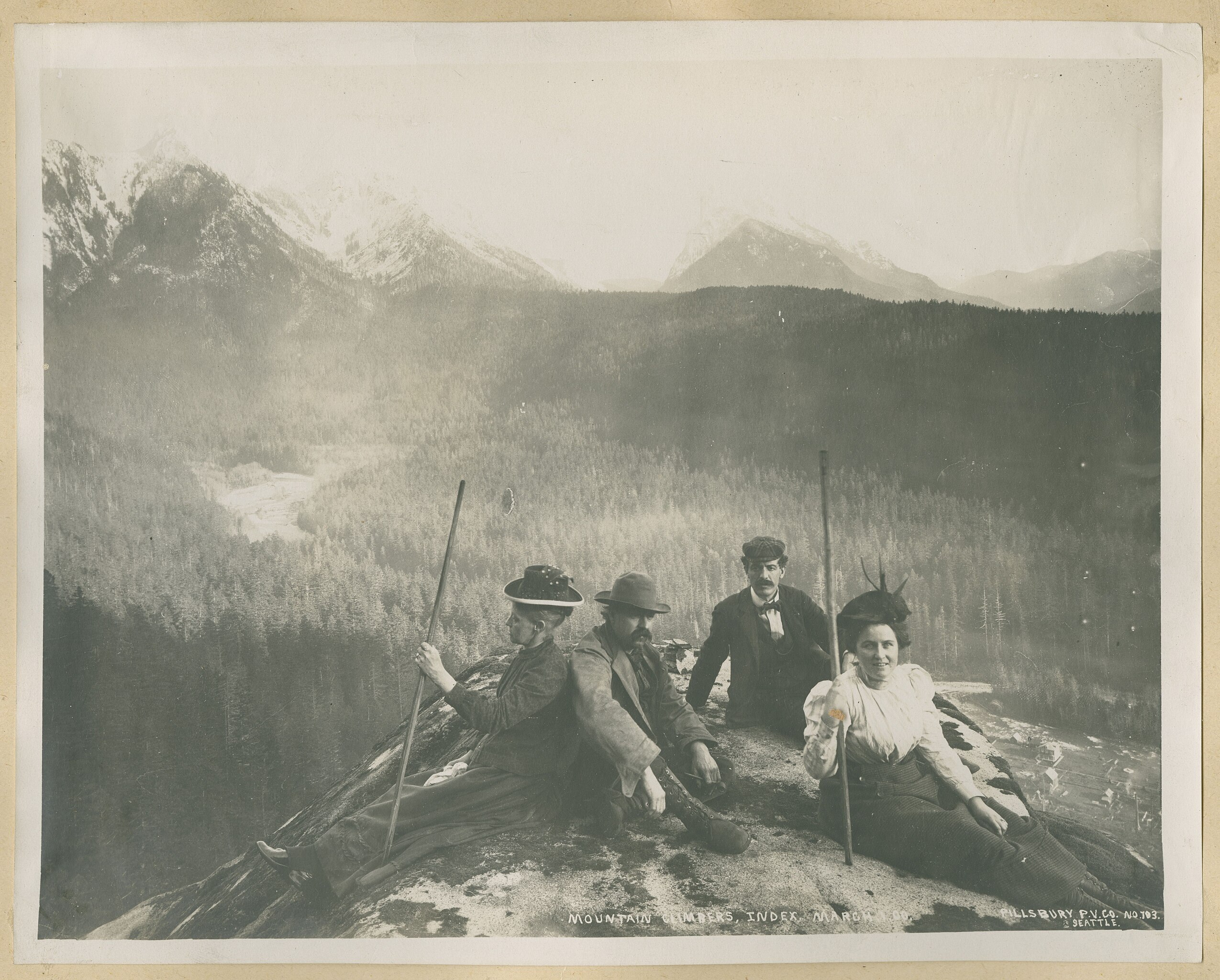
Mountain climbers near the town of Index, Washington, March 1, 1900.
via Wikimedia Commons, public domain
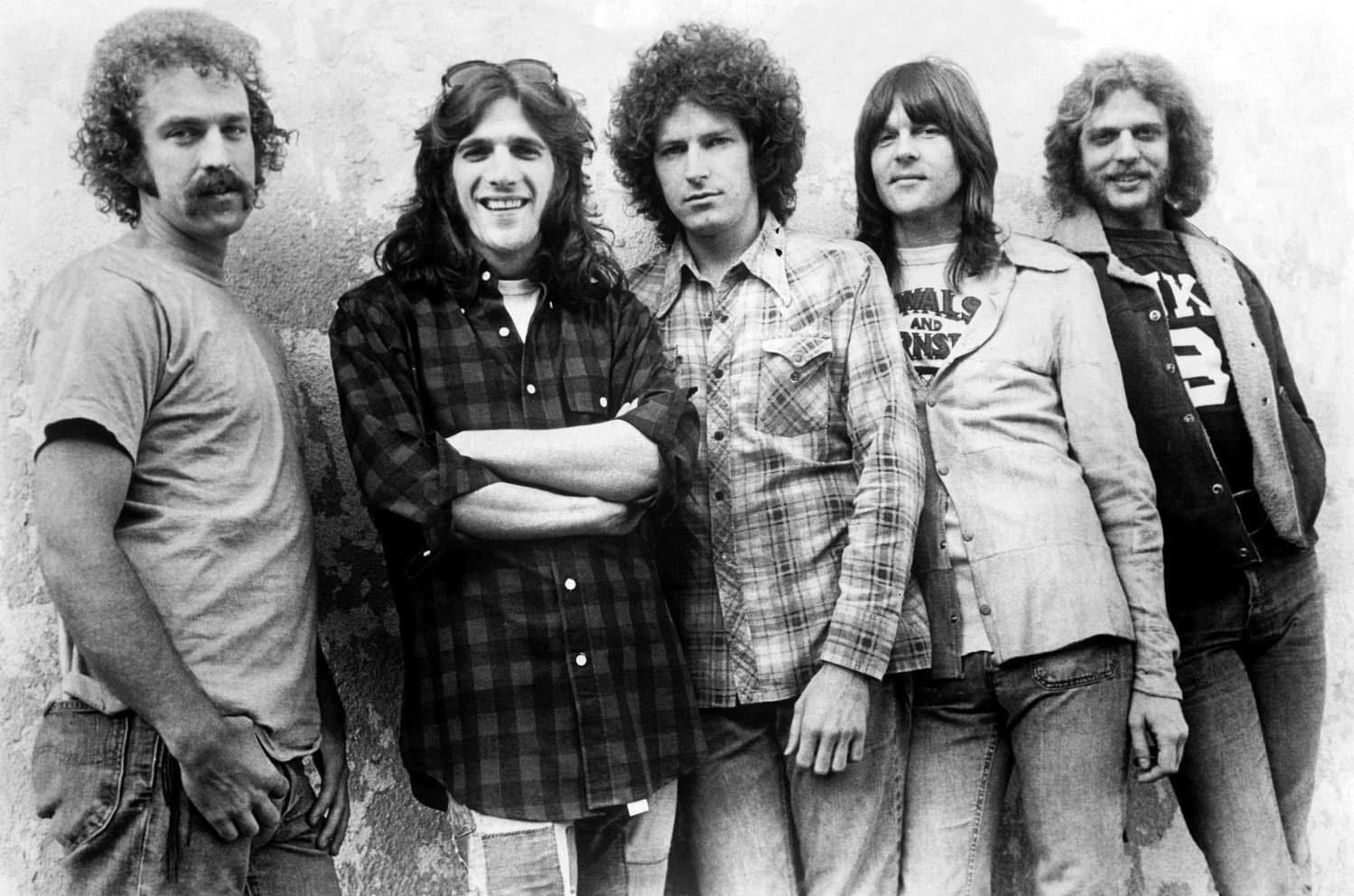
On March 1, 1975, “Best of My Love” by the Eagles became the #1 song in America.
Image of the Eagles via Alamy

On March 1, 1543 Spanish explorer Bartolome Ferrelo is believed to have sailed as far north as present day Oregon.
“The first attempt to pass around the southern extremity of the peninsula of California and follow the outer coast northward was made in 1539. At this time the twenty-eighth degree of north latitude was reached. Another navigator in 1542 went as far as the thirty-eighth degree; and Bartolome Ferrelo, in March, 1543, reached the farthest point to the northward, which is given by some authorities as latitude 44°, and by others as 43°. Other historians, including Bancroft, do not accord him even so high a latitude as 43°. However, this makes but little difference, as he progressed as far as Rogue River, and possibly to the Umpqua River, and can safely be credited with the discovery of Oregon, so far as sailing along its coast without making a landing or even drawing a chart of its outline may be deemed to constitute a discovery. Lack of provisions, and the ravages of the dreaded scurvy among his crew, compelled Ferrelo to abandon the effort to proceed farther.”
From: A short history of Oregon; early discoveries–The Lewis and Clark exploration–settlement–government–Indian wars–progress by Sidona Johnson, published in 1904
https://archive.org/details/shorthistoryoreg00john/page/20/mode/2up
Source says not in copyright
Image: Reconnaissance of the western coast of the United States, middle sheet, from San Francisco to Umpqua River via NYPL Digital Collections, no known restrictions

Harry Belafonte was born on March 1, 1927 in Harlem, New York City, NY.
Photo of Harry Belafonte with Eleanor Roosevelt in Belgium in 1958 via Wikimedia Commons, no known restrictions

Monroe County Library Bookmobile at Charlie Battery of the Sixth Missile Battalion on March 1, 1964.
From: Florida Keys–Public Libraries from Key West, Fla., USA via Wikimedia Commons, CC BY 2.0


